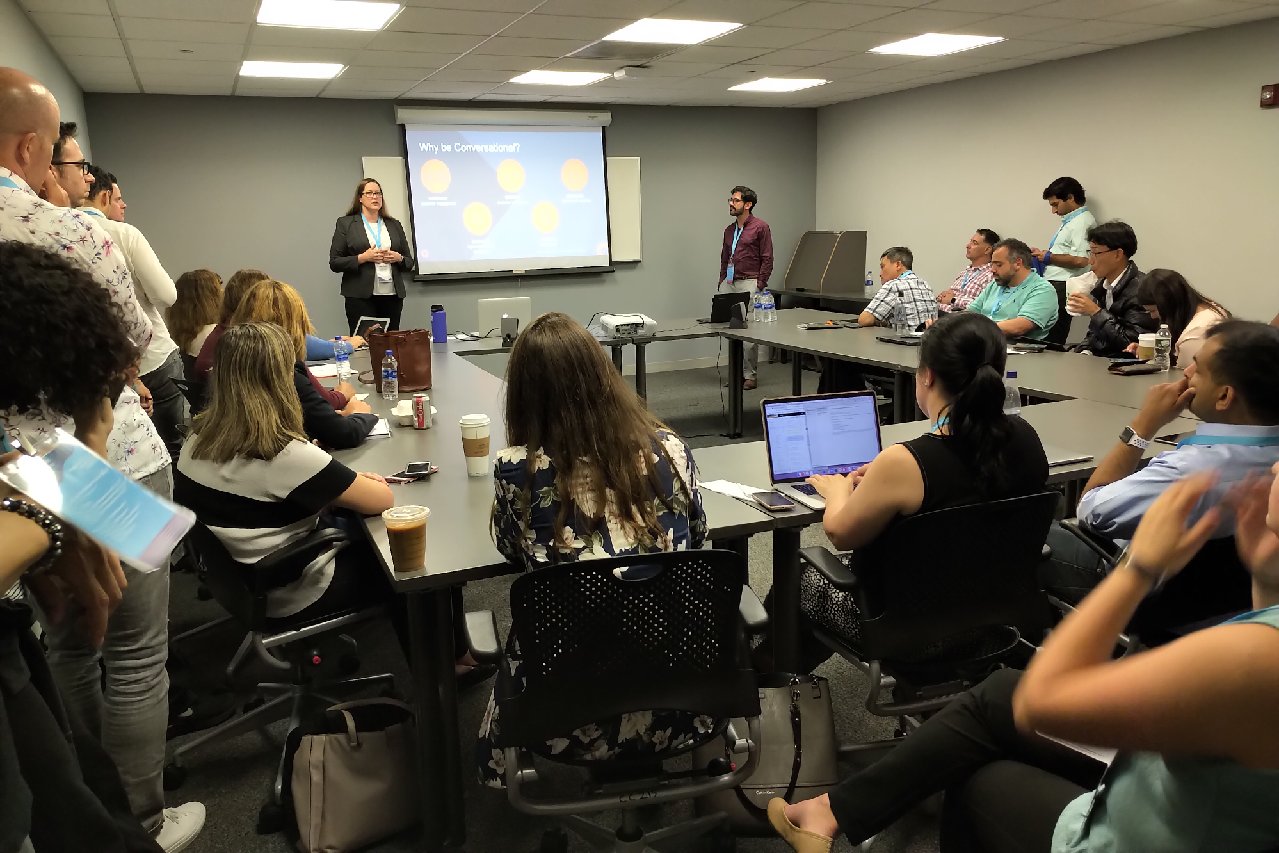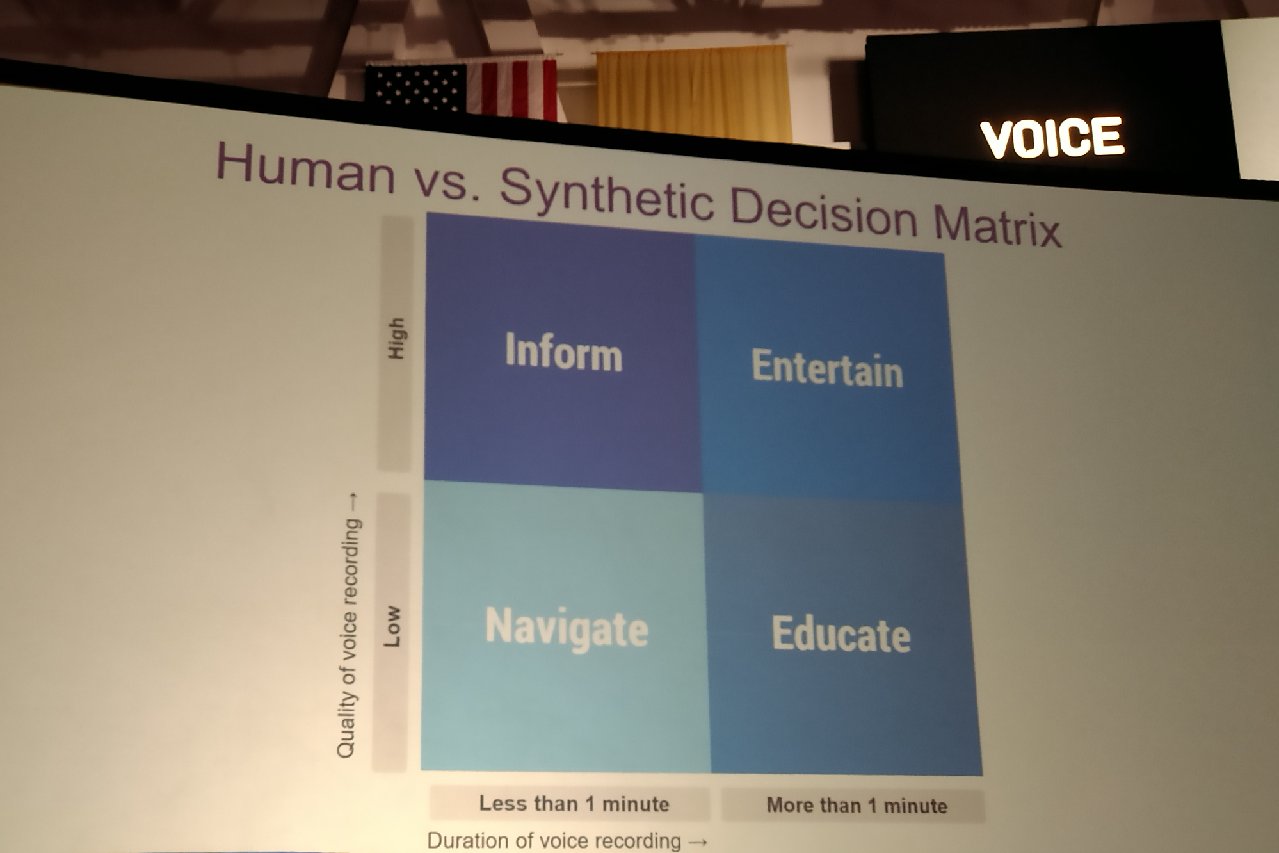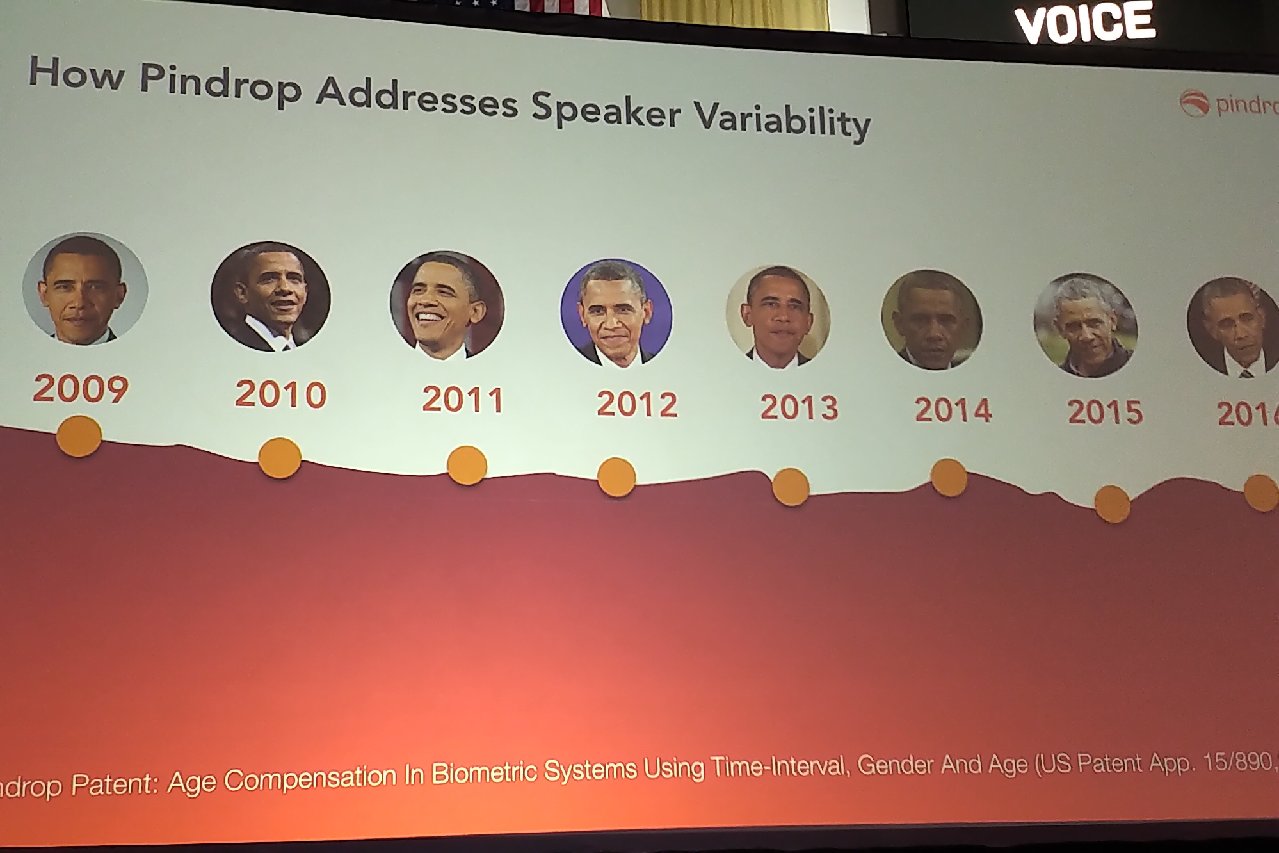It’s easy to understand why the only way to go is up for providers in the hosted UC space. By nature, cloud is a business of scale, and the upsell opportunities are far greater as the size of end customer gets larger. Many hosted providers are big to begin with; while others start as small players, but out of necessity they need to go upmarket to support their growth plans. This pattern certainly mirrors what the incumbent telcos have been doing for years, as their high operating costs make the lower end of the business market less attractive to support.
Not much more needs to be said about why hosted providers want to chase bigger customers, and nothing is going to change that for now. Of course, the Tier 1s are already there, so the competition is bigger too. Some newer players will do well, and capture new customers, but the Tier 1s will generally remain dominant, so while the opportunity is undeniable, the returns may not be so great.
Going upmarket certainly makes good business sense, but there’s no denying the size of the SMB opportunity. In telecom terms, this generally means 100 lines/employees or less, but that tends to oversimplify things. The upper end of that range gets businesses close to PBX territory, but as you go smaller, phone systems are more basic – but the communications needs are no different. As such, these businesses are looking for good value, and beyond that maybe some features from the UC stack, but generally not a full-scale collaboration platform.
So, is this a small market or a big market?
I’ll stop talking for a moment, and let the numbers tell the story. Based on the most current U.S. Census Bureau statistics (as of December 2018), in 2016 there was just shy of 6 million firms, with total employment of 126.8 million. In terms of business entities – firms - 88% of that 6 million had fewer than 20 employees – roughly 5.3 million businesses. Within that group, the vast majority – 70% - had fewer than 5 employees.
While the number of U.S. firms skews heavily to the low end here, the mirror opposite, not surprisingly, holds for employment. Of those 126.8 million employees, 83% are in 20+ sized firms, with the largest concentration at the top end – 500+ firms. This segment alone accounts for some 67 million employees, and that represents 53% of the total U.S. employment market.
In short, the bottom end of the SMB market – under 20 – accounts for 88% of all firms, but only 17% of all employees. First and foremost, hosted providers define their market in terms of how many businesses they can sell to, and after that, how many lines or subscribers this represents. On the first count, the under 20 market is clearly a very big target, and that’s where providers like Phone.com do very well. While this only represents 17% of employees, in absolute terms, that’s roughly 21 million workers, subscribers and endpoints. Quick math – at $20 monthly per subscriber, that makes this a $5 billion opportunity. That’s what the numbers tell me – so SMB is both small and big. Let’s get back to the analysis.
I’d be oversimplifying things by saying that hosted providers are abandoning the SMB market, but for the most part, they’d rather be elsewhere all things considered. A key reason is the high cost of customer acquisition, and it’s not unusual for hosted providers to spend 30% of revenues on this line item, and often quite a bit more. Compounding this is churn, a risk factor that never goes away given how hosted services don’t lock businesses in with long-term contracts. That’s the downside of the SaaS model, but it sure keeps providers honest since businesses are free to switch any time.
Given all these factors, plus the fact that most hosted providers are under pressure from investors and/or shareholders to sustain unsustainable double-digit growth rates, it’s no wonder why SMBs represent more risk than reward. In terms of checking all the right boxes, a handful of enterprise wins goes a lot further for them than a few dozen or hundred new SMB customers.
So, what’s a Tier 2 or 3 hosted provider to do?
Those who cannot successfully move upmarket are likely looking for a rollup exit, and with consolidation being an ongoing trend, the solid providers will find their takeout partners in due time. Others will continue for as long as the customer base can support them, and then look for a partner of some kind. Still others will smartly pivot and find more lucrative offerings for their customers, or enter new spaces altogether. Following that, many will move on due to attrition, mainly when the business is no longer financially viable. Nothing unusual here given that the barriers to entry are low, making it relatively easy to leave when market conditions are just too difficult.
Then we have hosted providers like Phone.com. Technology has always been Darwinian by nature, and the above scenarios are not inclusive for all providers who fish in this particular pond. Generally speaking, the strong do survive, but you don’t have to be the biggest. A more valuable trait is adaptability, and when it comes to supporting SMBs, Phone.com does this better than pretty much any hosted provider I know of.
For me, the starting point is focus – knowing your market, and having a vision for serving it. Once you start serving the market, you need to keep adapting the offerings to keep the value proposition fresh and to retain your customers. In spite of all the risks touched on above, Phone.com has done these things, and done them well enough to survive and even thrive. I’ve followed the company and known the leadership team since inception, so I can attest to this first-hand. Without going into detail, just consider the following touch points about the company, and consider how this contrasts with what I’ve been talking about so far.
· Company is profitable – need to start there given how many providers – including much bigger ones – are not making money
· Continuous growth – for nine straight years, and six on the Inc. 500 for growth – this is a sustainable business
· Stable management team – they know the market and are committed to the business – founders still run the business and are pioneers from VoIP’s earliest days
· Financially stable – no debt, and almost entirely self-funded – not beholden to outsiders
· Great name for branding – this is no small thing in today’s web-centric digital economy, especially having a name that describes your core business and is understood by everyone – can you think of a better one?
· Critical mass – over 30,000 customers and 400+ channel partners
· Happy customers – loyalty is hard to come by in this space, and I’ll take their word about churn being low, and that very few customers port their numbers to a competitor
· Clear value proposition – easy to use and affordable for SMBs – plain and simple
· Low cost for customer acquisition – most customers sign-up online - the company does have a network of over 400 channel partners to accelerate growth, but only a small portion of new business comes from indirect selling
· Service is very reliable – this has long been the knock against cloud services, but they partner with AWS, and haven’t had a service outage in three years
Going down this checklist, you see a picture that’s very different from how I’ve outlined the broader SMB marketplace above. When you add it all up, this is a pretty good profile of how to be successful serving this space with hosted services. Of course, it’s not an easy business – otherwise, all those other players would stay – and the challenges are familiar. First off, SMBs are price-driven, not that tech-savvy, and don’t show much loyalty when a better offer comes along. Phone.com itself is a small business, they understand that in spades – and that’s actually helped them in knowing how keep these customers happy.
As such, the business grows slowly and steadily. Growth is mostly organic, as it’s not easy to raise money to expand the portfolio or make acquisitions. On the other hand, Phone.com knows what the market will buy, and the cloud allows them to partner with AWS just like all the Tier 1 players, putting them on an even playing field for hosting.
Why Phone.com has the right stuff for this market
That brings me to the core element – what exactly are they selling? Their namesake is reasonably accurate, and when Phone.com started out in 2007, hosted telephony was the business. Back then, there were plenty of VoIP providers, and it was still a growth market. The cloud has effectively commoditized voice, so you need more now, and most providers have added UC, which has now become UCaaS.
Phone.com is now a UCaaS provider, but it’s not as full-featured as what most others offer. This isn’t to say it’s a lesser service – rather, it’s the right amount of service that smaller SMBs need and are willing to pay for. Again, this comes from knowing their market. Most of the core features are there – video, messaging, mobile apps, CRM integration, and lots of voice features like call recording, VM transcription and 1-800 numbers. Customers can easily self-provision features, add devices, create an IVR, set call handling rules, etc.
There are plenty of value-added features and applications here for SMBs, especially since many are still telephony-centric, and mainly interested in a less expensive phone service. That said, even these businesses will need richer capabilities at some point, and building on a solid track record and a strong value proposition, Phone.com is well-positioned to take them there. Riding with AWS, scale isn’t a problem, and with a team of developers, they can quickly bring new features to market. They have embraced the API model for driving innovation, bringing programmability to their offering, and now offer over 50 customizable features and integrations.
As long as they keep the price point attractive, and make it easy to extend beyond VoIP to collaboration and customer support, they should continue retaining their base, growing share of wallet, widening their margins, and giving customers less reason to go to bigger, better-known competitors. Phone.com may not be a threat to the big OTT players like Vonage, or even the BroadSoft universe, but at this end of the SMB market, they can more than hold their own. There are many models for success in this space, and if you’re looking for one that’s a bit under the radar, you’d be hard-pressed to find a better on than Phone.com.












































